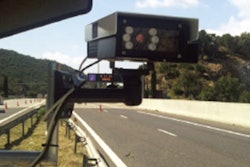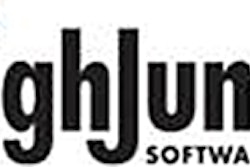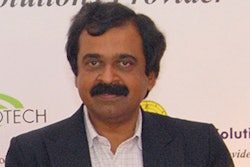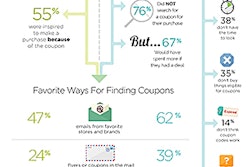Norwalk, Conn.—Oct. 30, 2013—The recently published Terra Technology Forecasting Benchmark Study finds that North American supply chains became more complex in 2012 as the economy continued to recover. Rapid innovation, higher seasonal sales and increased reliance on promotions contributed to make forecasting more challenging.
Now in its fourth year, the study analyzes demand planning performance for the North American businesses of 11 multinational consumer products companies. The comprehensive study encompasses more than $130 billion in annual sales, with close to 5 million physical cases and almost half a million item-location combinations.
“The constant growth of items reveals that manufacturers continue to add complexity instead of removing it,” said Robert F. Byrne, CEO of Terra Technology. “While innovation and promotional activities are supposed to play an important role in driving sales, we don’t see much evidence of that. They do, however, make planning and execution more difficult. Demand Sensing performed consistently, cutting forecast error by an average of 38 percent. This highlights the value of new mathematics, which automatically adapts to changing market conditions, whether in a downturn or recovery.”
Key findings include:
- The rise in complexity was fueled by an annual 10 percent growth in items since 2010.
- An upswing in seasonal and transient products added further complexity with item-locations rising nearly 20 percent in 2012, compared to only 5 percent for non-seasonal items.
- Forecast value-added, which measures the impact of demand planning efforts to improve a statistical forecast, dropped in 2012, reversing a three-year upward trend. Top-performing companies had twice as much forecast value-added as the average, suggesting opportunities to improve demand planning across the industry.
- Forecasts for promotional activities and new product introductions were overly optimistic, with bias four to five times higher than regular sales, creating a considerable inventory burden on the industry. Top performers were better at not over-forecasting promotions, with a bias of just 2 percent compared to the average of 16 percent.
- The slowest-moving items had two-thirds more error than top sellers. These slow-moving products, which account for about 80 percent of all items, require 60 percent more safety stock to ensure consistent fill rates.
In last year’s study, Terra Technology introduced a new concept called “extreme error” for measuring the discrepancies in forecast accuracy when sales exceed or fall short of forecasts by more than two times. One-third of all forecasted volume had extreme error for the fourth year in a row, confirming that traditional demand planning techniques are not delivering accuracy. Demand Sensing reduced the volume of extreme error by more than half, according to the company.
“Extreme error is the most costly and disruptive issue impacting the supply chain. The high levels represent a real opportunity to improve supply chain efficiency through the use of better forecasting algorithms,” said Byrne.
The study’s insights resulted in a number of tangible initiatives at member companies, such as reducing supply chain complexity, improving service and lowering costs. The public version of the benchmark is made available to contribute to the advancement of supply chain planning and to encourage companies across all industries in their pursuit of more accurate forecasting. The report also captures the state of demand planning performance, allowing readers to compare their forecast performance against the industry average and top-performing companies.

















